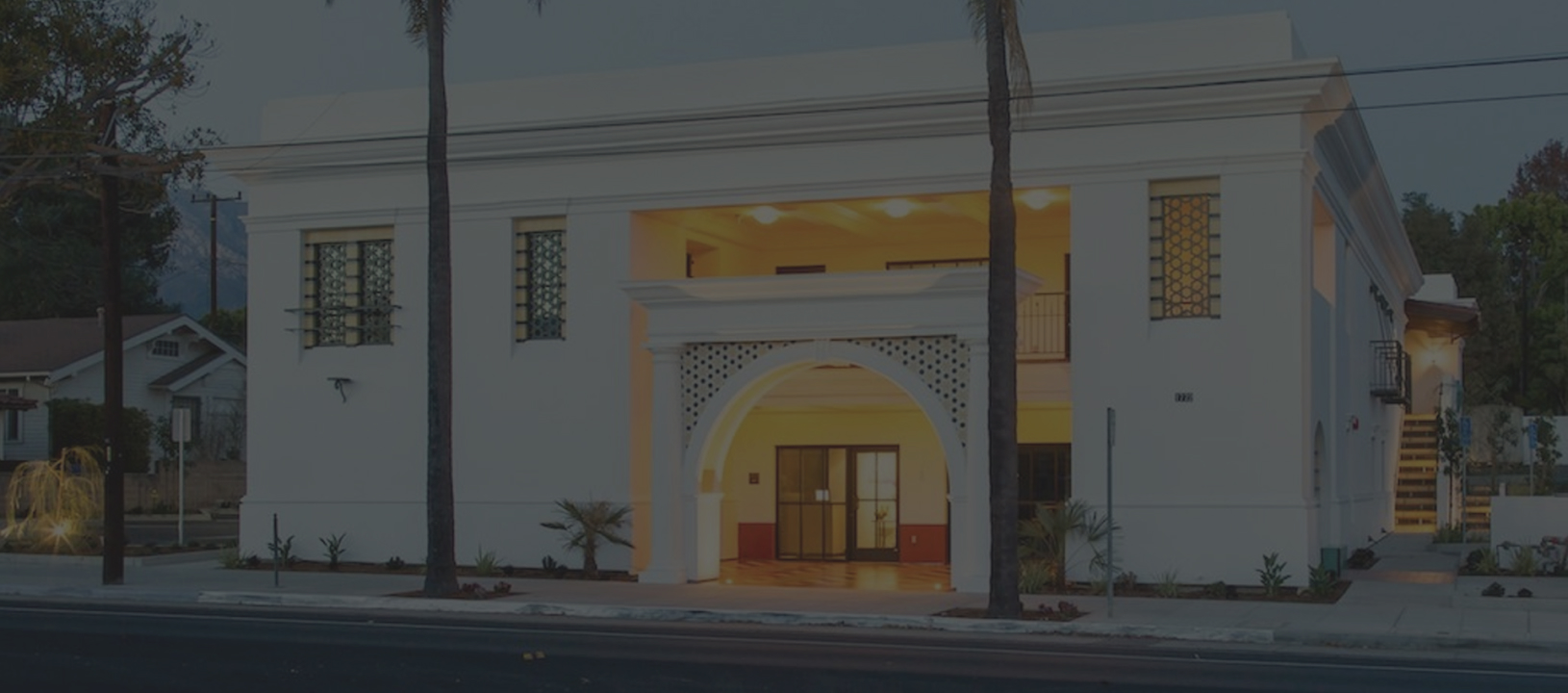When to Expect Visible Results from Your Facelift
While your bandages will be removed and replaced with a special chin strap the day after surgery, and some improvement may be noticed, we do not expect patients to be comfortable showing off their results immediately. Bruising and swelling tend to persist for 7 to 10 days.
After the first week of recovery, bruising and swelling subside, but patients may have visible puckering around incisions. These side effects typically improve dramatically over a few weeks. After two to three weeks, most patients are pleased with the results of their procedure and are ready to return to their daily lives and social activities. In general, the results of facelift surgery look good after a month and even better after three.
Real Stories: Facelift Before and After Transformations in Santa Barbara
Patient Journeys: Comprehensive Before and After Gallery
Why Choose Montecito Plastic Surgery for Your Facelift
Our approach to facelifts is always patient-centered. We understand that each individual has unique concerns and aesthetic goals. During the consultation, we take the time to listen to your desires and discuss how we can achieve them. We believe in a collaborative approach where your vision and our expertise come together to create results that not only meet but exceed your expectations.
It’s also important to understand that recovery from a facelift is a critical part of the process. We provide comprehensive aftercare instructions and support to ensure your recovery is as smooth and comfortable as possible. Our team is always available to answer questions and guide you through the healing journey.
Ultimately, our goal is to help you feel proud and confident in your skin. A facelift can be a transformative experience, not just in how you look but how you feel about yourself. We’re committed to providing you with a safe, comfortable and rewarding experience every step of the way.
Meet Our Board-Certified Facelift Surgeon
Dr. Lowenstein often fields questions about avoiding an overdone look in facial surgery. He feels it is vital that patients understand the over-pulled, excessively tightening facial plastic surgery so often seen in Los Angeles and Hollywood is NOT the type of result that our Santa Barbara patients should expect. He employs innovative surgical procedures to create a naturally beautiful appearance – you will look like you, only refreshed and more youthful.
Dr. Lowenstein’s options in facial rejuvenation include procedures to address the neck, lower face, mid-face and cheek to provide a natural and refreshed appearance. Eyelid and brow surgery can also be combined with these procedures to provide a comprehensive approach to facial rejuvenation.
Testimonials: Hear from Our Satisfied Facelift Patients
Schedule Your Personalized Facelift Consultation Today
Book Your Consultation: Start Your Journey to a Younger You
While a facelift is a surgical procedure that involves some downtime afterward, the results of this surgery can be both dramatic and long-lasting. Facelifts can shave up to 10-15 years off your face, with an outcome lasting approximately ten years before the signs of aging reappear. To learn more about this procedure or find out if a surgical facelift is the right choice for you, contact Montecito Plastic Surgery at 805-969-9004.







